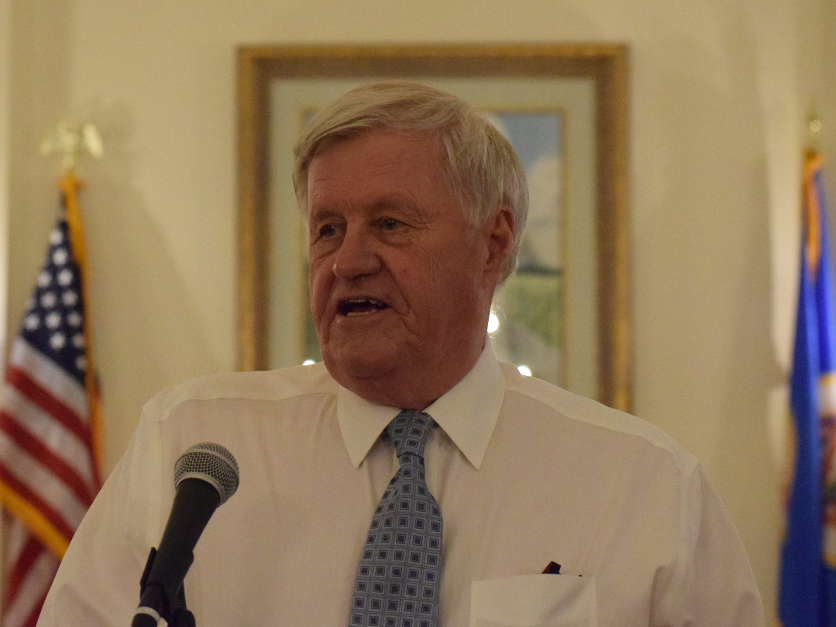Providing some parting advice on climate policy, House Agriculture Chairman Collin Peterson said he was introducing legislation that would require the Agriculture Department to take 50 million acres of cropland out of production through the Conservation Reserve Program.
The bill has no chance of passing this year, but the Minnesota Democrat — who lost his reelection race in November — said he wanted to send a message about what he thinks is the best way to use agriculture to reduce greenhouse gas emissions.
He said taking land out of production is a more effective alternative than using the Conservation Stewardship Program or some other method of paying producers for practices, such as cover crops, that sequester carbon in the soil. He also questioned whether USDA had the legal authority to use its Commodity Credit Corp. account to pay farmers for carbon offsets, an idea that has been pushed by the head of President-elect Joe Biden's transition team, Robert Bonnie, a former USDA undersecretary in the Obama administration.
As of September, 21.9 million acres were enrolled in CRP.
Interested in more coverage and insights? Receive a free month of Agri-Pulse.
Peterson described his bill as "a marker we can put out there and people can rally behind.” The measure would give USDA five years to get CRP enrollment to 50 million acres, he said.
Expanding CRP “is probably the biggest impact we can have in agriculture in terms of doing something for climate and sequestration,” he told reporters.
The proposal would likely face strong opposition from grain users because of the likely increase in commodity prices that would result from reducing crop production. Some economists have warned that other countries such as Brazil might use the cut in U.S. production to permanently seize market share from American farmers.
For more news, go to www.Agri-Pulse.com.


